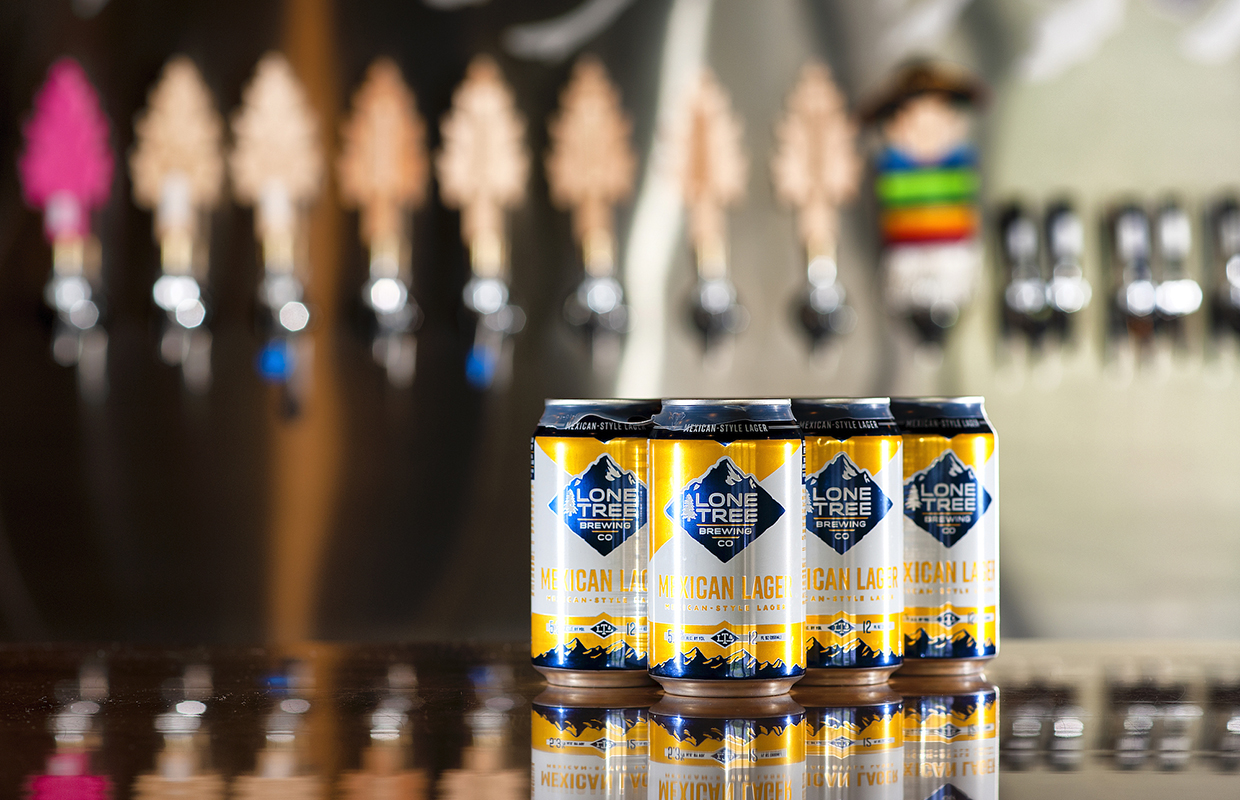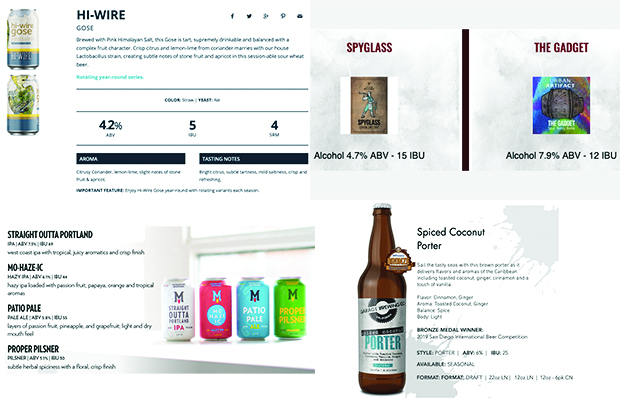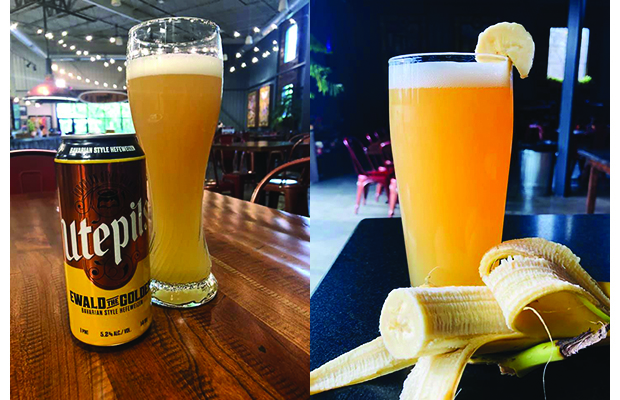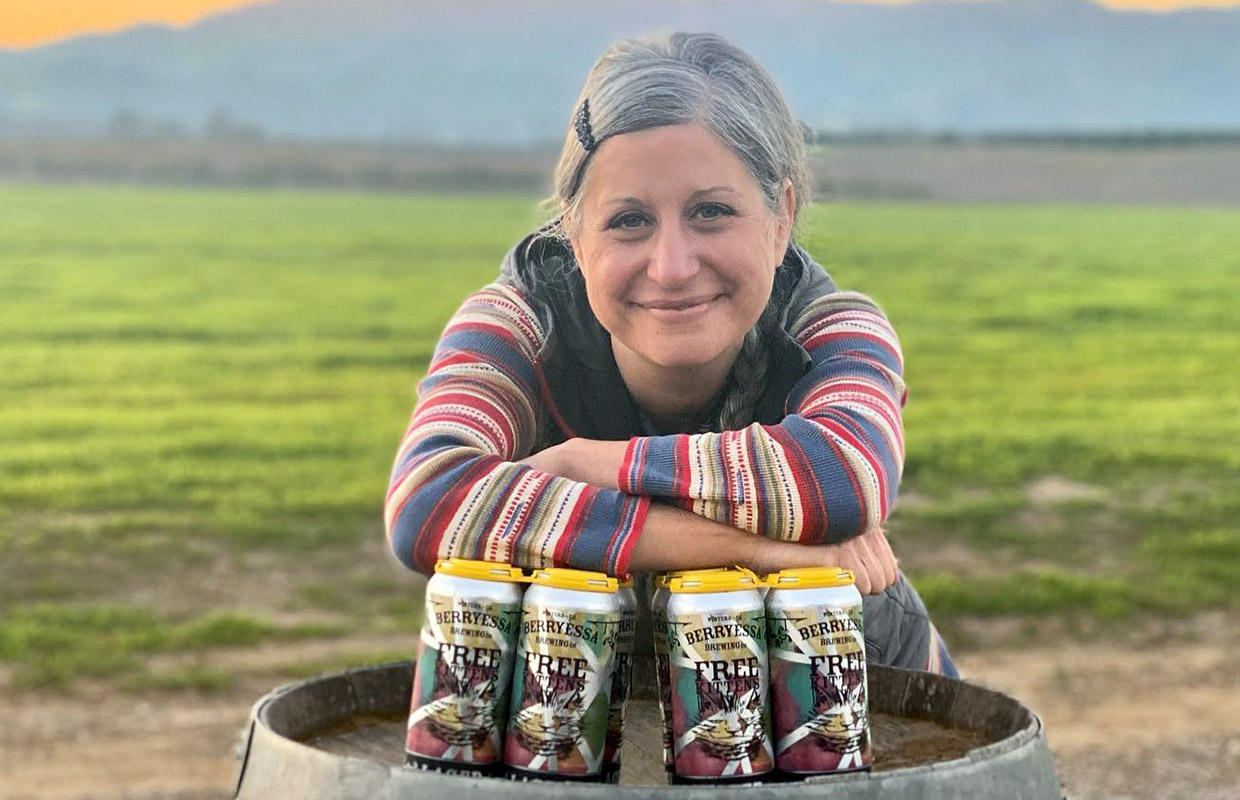
As lower-calorie offerings and alternatives to beer — like seltzer — have started to creep into the craft beer industry, the return to simpler styles has been magnified. That means your Lager brands might be the new “gateway” beer versus older craft styles like Blonde and Amber Ales to help welcome a general populace of beer drinkers that may only know Lagers from a macro perspective. But educating them on what a Lager can be — or even look like — can be difficult when it comes to marketing these brands.
“Lagers do not need to be the exclusive domain of ‘Big Beer,’ ” said Seedstock‘s Emily Tracy. “Just because it’s a taco doesn’t mean that you are Taco Bell.
“Consumers pay a premium price for a premium taco.”
Dennis Stack, the Sales & Marketing Director for Lone Tree feels that Lagers are a fantastic introduction to craft beer for consumers that only know macro Lagers.
”While we have a highly approachable Mexican Lager (which was a 2017 Gold medal winner at GABF), that isn’t the only Lager out there,” he said. “I love a flavorful Vienna Lager and love when we are able to brew one. A close second would have to be our Festbier Lager brewed for Oktoberfest.”
Stack added that Oktoberfest brings the focus of the general public on beer and this style isn’t always highlighted as it’s often overshadowed by the much sweeter Marzen.
”I see either beer as a great opportunity to market Lagers and educate drinkers on the lagering process during this event when interest in beer from the general public is high,” he said.
East Brother’s Jaime Dooley points out that today’s market might lean heavily towards the experiential … or “Instagrammable” branding.
”So it’s no surprise that the trendiest beers use descriptors that sound more like 90s candy brands than a beverage,” he said. ”But the beer market is big enough for all of us.
”We’ve found that while trendy beers take the lion’s share of the hype, Lagers have steadily increased in popularity year over year. The market consensus seems to be that by 2023 Premium Lagers will register a CAGR of about 4% — against an overall beer market that’s flat — and we couldn’t agree more. Consumers often suffer “palate fatigue” and seek out beers that are crisp and refreshing, a great time to reach for a Lager.”
Yet, when a general consumer talks about Lagers, the first beers that come to mind are Bud/Miller/Coors, along with its pale yellow color.
“However, today’s consumers don’t just want to drink beer; they want to have a personal connection with it,” Dooley said, “so in some cases, they’ve steered clear of Lagers and their macro brewers.”
East Brother has embraced the market demand for authenticity by leading its marketing initiatives with each Lager’s origin story.
“We use this opportunity to bring awareness to the diversity within the Lager category, both in flavor and in color,” Dooley said. “Take our Festbier and our Baltic Porter as examples; both are Lagers, but they look like completely different styles when compared side by side. We then connect the Lager’s rich history to our brand by highlighting our tagline, “Beer Is Labor,” emphasizing the hard work and dedication that go into each Lager we make.”
Lone Tree has seen the market for craft Lagers grow significantly over just the past five years.
”Our Mexican Lager continues to grow year after year and I don’t see that slowing down anytime soon,” Stack said. ”We are conservative but smart with our projections given the current volatility in the on-premise market with the capacity restrictions.
”Draft obviously took a big hit last year but is trying to recover and I’d expect growth as that evolves. Outside of our mixed 12-packs, we only offer 12-ounce six-packs at this time. The recent trend in the market is larger packaging (single style 12-packs) but I believe that’s an effect of the bulk buying we saw last summer as the pandemic took hold. We are still seeing strong sales in the six-packs and will explore other options as market recovery continues.”
Even though a brewery like Seedstock focuses on “back to basics” beer styles, both retailers and consumers recognize its beers as craft, so pricing concerns don’t need to be addressed as a 1:1 comparison for a macro sixer vs. a craft sixer in stores. While macro and craft Lagers are in the same category, John Branding of Wheatland Spring Farm + Brewery thinks they’re seldom the same beer.
“I don’t see it as a “better or worse” situation, they’re often just fundamentally different,” he said. “Brewing exclusively with the highest quality ingredients we’re able to source, including craft malt, and lagering the beer for 2-plus months in a tank — or longer in wood — allows us to offer the best Lagers we’re able to make.
“We think the intention, care, and patience is worth it and the price point reflects that. It’s been our experience that most folks agree.”
Dooley feels at this moment, consumers and some retailers, compare the price point of craft Lagers to those produced by macro breweries — which are of course substantially cheaper than anything a craft brewer can produce.
“As a small brewery, we simply can’t order ingredients in the quantity that macro breweries do, so it costs us more to brew Lagers,” he said. “However, we’re aware that consumers compare our Lagers to those of macro brewers, so we do everything we can to keep our price point within striking distance of the other Lagers they see on the shelves.”
When pitching to a new account, East Brother likes to let the beer do the talking.
“All you need is one sip to recognize its value, and in our opinion, the drinking experience is well worth the price difference,” Dooley said, adding what has been helpful is some educational pieces to use either online or in speaking with beer buyers/retailers or consumers to help spread the idea of a quality Lager and why it’s different.
“Honestly just talking to people,” he said. “Lagers have always been and continue to be the cornerstone of the global brewing industry. We believe that educating buyers and consumers on the importance of brewing this style is pivotal to the industry’s continued growth. We’re in it for the long run. We know that shifting the consumers’ perspective of Lagers is going to be a labor of love.”
Stack said Lone Tree isn’t trying to compete on pricing with macros, instead, they market its beers as a premium craft product.
“We produce our product in smaller batch sizes with quality ingredients compared to macro producers,” he said. “Ultimately this comes at a price, but more money is staying in our community and consumers respond to that in a positive way.
“Either way, smaller craft breweries will always have to operate at higher fixed costs compared to larger, multi-generational macro breweries.”
Photos courtesy Seedstock Brewery & Lone Pine Brewing






Be the first to comment